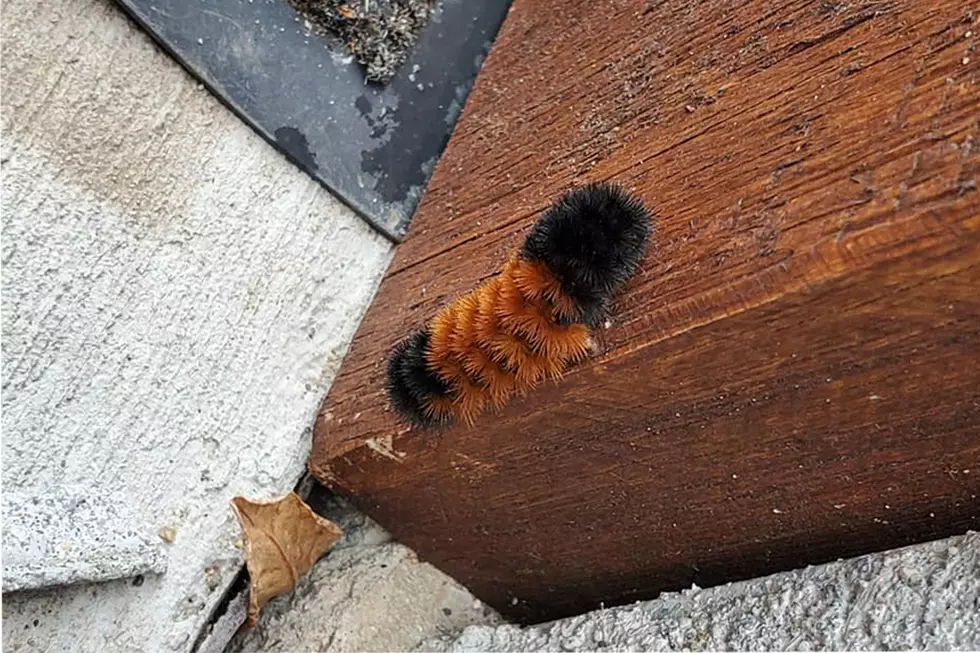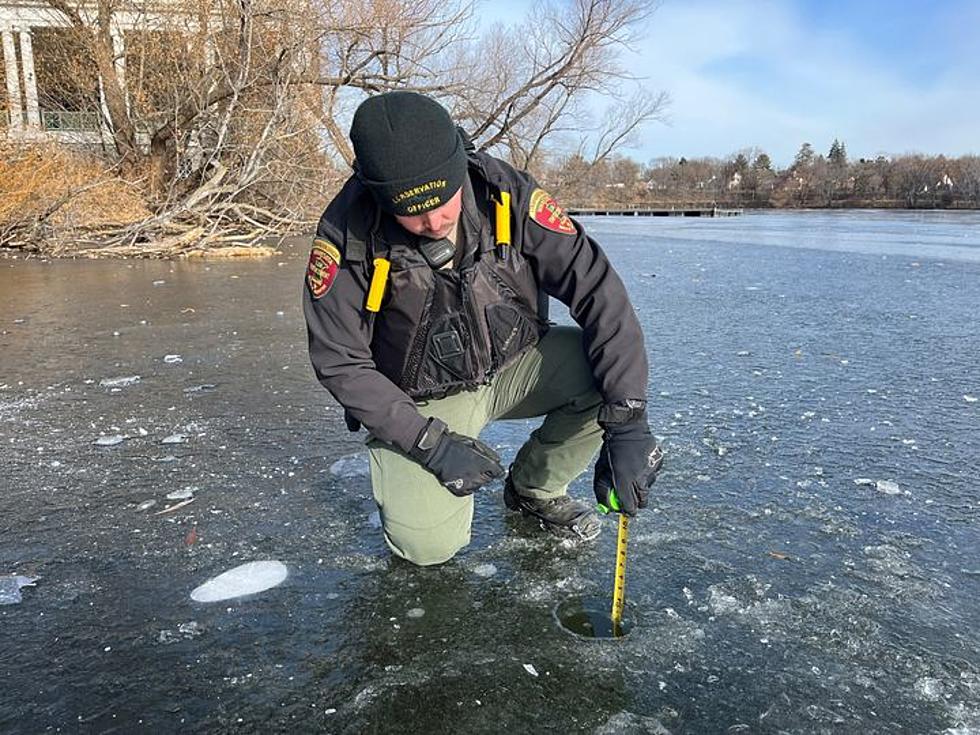
These Cute Little Caterpillars Can Predict Minnesota Winters
The Banded Woolly Bear Caterpillar, also known as the woolly worm or the Isabella tiger moth, is one of the most common furry caterpillars, and the easiest to find due to their orange and black coloring.
According to folklore, that coloring can help predict winter weather forecasts.
WeatherWorksInc.com wrote:
Folklore says the woolly bear caterpillar can predict the severity of the winter simply by the length of the red-orange band at the center of its body. Basically, the more red-orange there is the warmer the winter and the less red-orange, the colder, more snowy the winter will be.

In addition, the woolly bear caterpillar has 13 segments to its body, which traditional forecasters say corresponds to the 13 weeks of winter. In the 1940s and 50ss scientist, C. H. Curran studied these insects to see if these claims were true. This "for-fun" experiment he did was too small and ended up being inconclusive.
The other version of these bugs predicting winter weather has to do with the direction they are seen crawling. If they crawl in a southerly direction are trying to escape the cold winter conditions of the north. But if woolly bears are crawling on a northward path it would indicate a mild winter.
They are usually all over my parent's yard this time of year soaking in the last of the sun's warmth before fall really sets in. I do find it slightly alarming that I haven't seen these cute little critters out and about. I've seen a total of two Woolly Bears crossing roads in Central Minnesota. I feel like it's pretty strange I haven't seen more, especially now that we are well into October.
Take a look at the next banded woolly bear you see, and make your own weather prediction. If you guess cold and snow, you should be dead on for Minnesota.
10 Animals in Minnesota That Can Predict the Weather
13 Things You Only Understand If You've Lived on a Gravel Road
20 Things Minnesotans Should Be Bragging About
More From AM 1240 WJON









